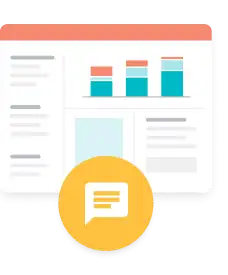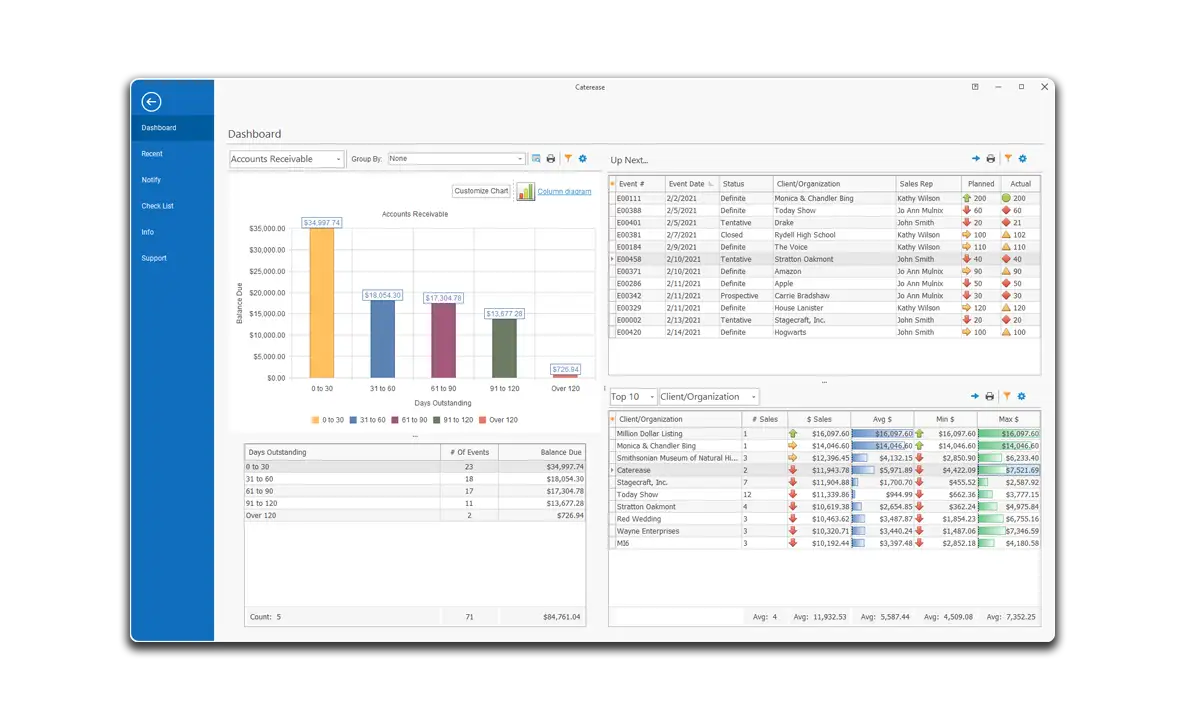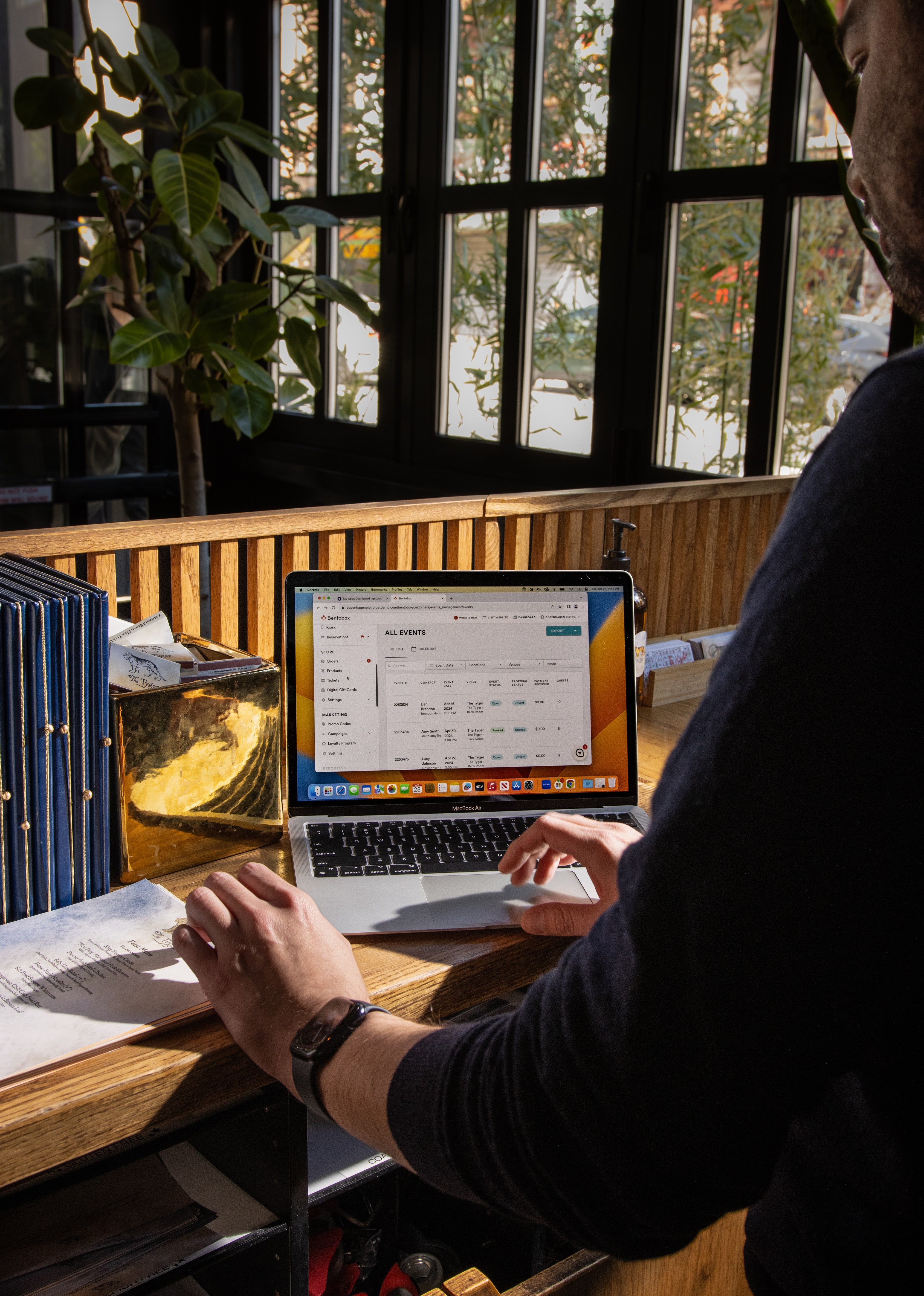Commerce
The Best Restaurant Catering Systems in 2024
Pros and cons of 10 industry-leading online catering services for restaurants.
Catering is a natural business expansion for many restaurants. They already have brand recognition, menus and prices can be adjusted for larger orders, and catering work typically yields a higher profit margin than normal restaurant operations. But to streamline operations for both the restaurant and the people placing catering orders, businesses need to equip themselves with the best catering software.
What is Catering Software?
Catering software allows diners to place catering orders online. Through an online platform, restaurants and catering companies provide descriptions of their catered menu items. Some online catering software also allows restaurants to provide images of menu items, an online payment method, alerts for minimum order amounts, and integrations with the restaurant’s main order-taking software.
Restaurants have dozens of options for their online catering software — but not all solutions are created equal. Here are 10 of the top online catering solutions to consider using in 2024.
10 Best Catering Software for Restaurants
BentoBox

BentoBox’s online catering platform puts catering operations where they belong — in the hands of the restaurant. With BentoBox, restaurants can set up a catering menu the same way they would an online ordering menu and manage catering through their restaurant website. This integration helps the restaurant’s catering platform get discovered faster thanks to built-in SEO features with restaurant website software.
For guests, the ordering process is simple. All they have to do is enter their order fulfillment time, navigate the restaurant’s catering menu, place their order and pay for it (which they can do with both Apple Pay and Google Pay). The menu will also change based on order fulfillment time. For example, if specific menu items are only available during Super Bowl weekend, guests will only see those items when they select those dates.

BentoBox catering offers two additional advantages. First, because orders are placed through the restaurant's website, there is no commission fee. Instead, restaurants pay a monthly flat fee, with no extra charge as they capture more and more orders. This payment structure can drastically increase a restaurant's catering profit margin.
Second, BentoBox catering comes equipped with printable documents such as Batch Order Details, Daily Order Summary, and Kitchen Prep Sheet. These tools can dramatically streamline back-of-house catering operations. Kitchen staff will know exactly how much of what to make for each order, meaning your staff will be more efficient, less wasteful, and more organized.
With in-house catering ordering, there’s also no “competing” with other catering providers on the results page of a catering marketplace software.

PRODUCT
Online Catering
Capture advanced orders online with easy upfront payment and prep tools for your kitchen.
Better Cater

Better Cater prides itself on its ease-of-use, mobile-friendliness and customer service. Better Cater is also one of the more affordable catering systems on the market, making it a great fit for restaurants that want to try out a catering program before expanding with more robust solutions. Less favorable reviews of Better Cater, however, call out the extra hoops backend users need to jump through, such as the “inability to import previous contacts” or “import menus,” which quickly adds time during the setup process.
Cater2.me

Founded in 2010, Cater2.me has spent the last decade building a catering platform for office lunches — and serving businesses like Spotify and NBC in the process. However, they’ve also expanded their reach to provide home deliveries and family-style catering. This tradeoff means it’s not the best fit for restaurants that want to focus on providing catering for larger events or on-premise private dining.
Caterease

Caterease’s catering solution leans into event management, making it a great candidate for restaurants that offer full-service catering. It’s also considered to be a feature-rich catering software — particularly when it comes to metrics. However, like many additions on this list, Caterease is not specific to restaurants. Hotels, universities, country clubs and banquet halls are also end users. Thus, restaurants might not see as many restaurant-specific components to this software as they would with other solutions.
CaterZen

CaterZen’s catering software is trusted by national brands like Moe’s Southwest Grill and Jersey Mike’s Subs. This solution is all-inconclusive, encompassing ordering software with sales, marketing and CRM tools as well. These features allow restaurants to build relationships and communicate with their catering customers to incentivize repeat orders. However, CaterZen is only for drop-off catering, meaning it might not be the best solution for full-service requests. CaterZen’s reviews have also called out the ease-of-use, with some claiming “sometimes customers have to call to complete their order” and “setting up recipes for production reports is time-consuming.”
ezCater

ezCater is a marketplace that offers catering from more than 80,000 restaurants, making regional exposure easy for restaurants trying to get their catering program discovered. Having served more than 200 million people (per its LinkedIn page), ezCater is considered a top marketplace solution. However, with so much traffic comes competition — since there are so many providers on ezCater, it can be difficult to stand out in the sea of options in your area. Plus, ezCater charges commission fees of 15%. While this keeps up-front costs low to use the software, it eats into the restaurant’s profit margin on these large orders, which would otherwise be big profit drivers for the business.
Grubhub Catering

Although better known for its deliveries of individual meals, Grubhub also offers catering ordering. For the thousands of restaurants already using Grubhub, adding this option is an easy process that promotes catering to a built-in audience of app users. However, catering is a lesser-utilized feature of Grubhub, meaning getting discovered for large-sized orders can be difficult. Restaurants also have to deal with Grubhub’s 30% standard commission on deliveries, as well as the design constraint of not being able to customize the ordering page to fully fit their brand.
HoneyCart

With HoneyCart, the name of the game is customizations. Restaurants have complete control over what appears on their online catering menu, which is an essential feature for restaurants with rotating menus. It also has must-have features like lead times, delivery zones and a quick setup time of 48 hours (or less!). However, HoneyCart still lacks some key selling points for restaurants, such as customer loyalty and the ability to upsell — both of which help maximize the value of a customer.
Tripleseat

Tripleseat is an events management platform for the hospitality space. Its catering platform is ideal for restaurants dually managing events and catering and also acts as a booking software. Because it is an events software, Tripleseat isn’t necessarily the best fit for restaurants who want their catering software to go hand-in-hand with their restaurant’s normal operations. For example, Tripleseat does not offer a loyalty program, which is a missed opportunity to bring catering customers back to the restaurant another time.
ZeroCater

While many of the online catering systems highlighted in this article are synonymous with event management, ZeroCater’s specialty lies in corporate catering. For restaurants that want to position themselves as the foodservice provider for local offices, look no further than ZeroCater. It sports hundreds of culinary providers that service companies like Slack and iHeartMedia. However, it is important to note that ZeroCater is largely concentrated in just six areas of the country, making it a poor choice for restaurants outside of these major hubs.
Online Catering Features to Prioritize
Ultimately, the online catering system a restaurant chooses to use should align with its catering goals and target audience, but there are certain features restaurateurs should be sure a system has before signing up for it.
1. Customer Ease-of-Use
User experience should be the top priority for any software — and catering is no different. On any device, customers should be able to easily navigate the catering menu, see important information and check out with zero hassle. If the process is too complicated, potential customers might call the restaurant for assistance, negating the reason for having the software in the first place. Or worse, they may place an order from a competitor with a more intuitive platform.
2. Integration with Restaurant Technology
To assess their financial health, restaurateurs need to track and view sales data in one place for consistency and ease. If reporting from catering software doesn’t match up with reporting from online ordering or POS software, the restaurant will always have to take unnecessary extra steps to match up their data. Plus, if using two different systems, returning guests may feel frustrated when they can’t earn loyalty points on a catering order.
3. Payment Options
Another way to create friction in the checkout process is with limited payment options. Customers should be able to use their preferred payment method — whether it’s a credit card, Apple Pay or Google Pay. They should also have the option to use promo codes for the restaurant, which may incentivize larger catering orders.
4. Customization
A restaurant’s catering software should also be easy for the restaurant to use, particularly when it comes to menu setup and customization. For customers, the menu should feel like it’s in line with the restaurant’s brand — and restaurants should be able to make that happen with no hassle. Food imagery, menu items, logos and brand colors should be easy to add and adjust. Otherwise, the catering ordering process may seem incongruent with the restaurant’s main brand.
5. Operational Efficiencies
Catering software should make a restaurant’s catering operation run easier. With that said, software should create operational efficiencies by producing batch order details and creating daily order summaries. With these features, it’s easier to plan, assemble and analyze catering orders to keep the process running smoothly.
Catering to Restaurants’ Needs
Restaurants have plenty of online catering systems to choose from in 2024, but the best ones are those that seamlessly integrate into a restaurant’s operations, are easy for customers to use, and provide value to the business.
BentoBox’s online catering platform surpasses all of these standards, placing the catering process in the hands of restaurateurs. With BentoBox, restaurants can introduce or improve their catering program with simple customization, in-house ordering and easy customer discoverability. Learn more about BentoBox’s catering software and sign up for a free demo.

BentoBox Marketing & Commerce Platform
Want to stand out online? Let's chat.
Drive revenue directly through your website.
Recommended

Websites
10 Most Popular Restaurant Website Builders in 2024
February 21, 2023
An overview of the current restaurant website landscape.

Commerce
The Best Online Ordering System for Restaurants in 2024
January 23, 2023
Pros and cons of eight industry-leading direct online ordering systems for restaurants.

Design Inspiration
The 20 Best Restaurant Websites of 2024
January 3, 2023
Our annual roundup of the internet's best restaurant websites.

